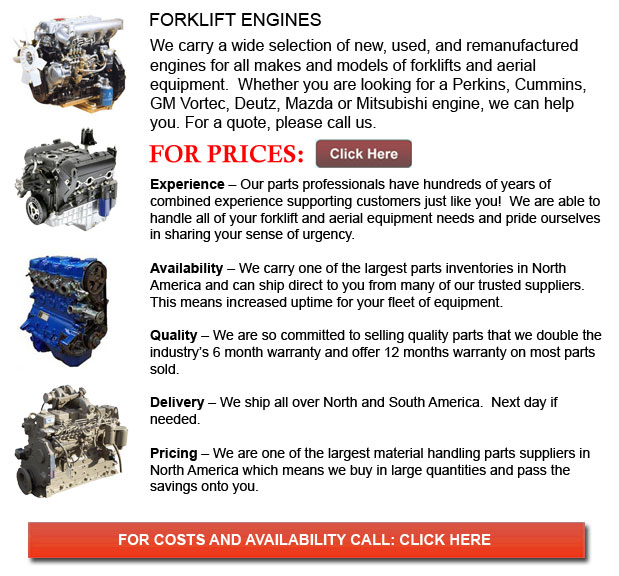
Engines for Forklift - Likewise called a motor, the engine is a tool that could transform energy into a useful mechanical motion. When a motor changes heat energy into motion it is typically known as an engine. The engine can be available in several types like the internal and external combustion engine. An internal combustion engine normally burns a fuel using air and the resulting hot gases are utilized for creating power. Steam engines are an example of external combustion engines. They use heat to be able to generate motion using a separate working fluid.
To be able to generate a mechanical motion through varying electromagnetic fields, the electrical motor has to take and produce electrical energy. This type of engine is very common. Other kinds of engine could be driven using non-combustive chemical reactions and some would use springs and function through elastic energy. Pneumatic motors function by compressed air. There are other styles based on the application needed.
ICEs or Internal combustion engines
An ICE happens when the combustion of fuel combines along with an oxidizer in a combustion chamber. In an internal combustion engine, the expansion of high pressure gases combined with high temperatures results in applying direct force to some engine components, for example, nozzles, pistons or turbine blades. This force produces useful mechanical energy by means of moving the component over a distance. Usually, an internal combustion engine has intermittent combustion as seen in the popular 2- and 4-stroke piston motors and the Wankel rotary motor. The majority of gas turbines, rocket engines and jet engines fall into a second class of internal combustion motors known as continuous combustion, which happens on the same previous principal described.
Stirling external combustion engines or steam engines significantly vary from internal combustion engines. The external combustion engine, where energy is to be delivered to a working fluid such as liquid sodium, pressurized water, hot water or air that is heated in a boiler of some sort. The working fluid is not mixed with, consisting of or contaminated by combustion products.
The models of ICEs on the market these days come together with numerous strengths and weaknesses. An internal combustion engine powered by an energy dense fuel would deliver efficient power-to-weight ratio. Even if ICEs have been successful in a lot of stationary applications, their actual strength lies in mobile applications. Internal combustion engines dominate the power supply intended for vehicles like for example aircraft, cars, and boats. A few hand-held power gadgets utilize either ICE or battery power gadgets.
External combustion engines
An external combustion engine uses a heat engine wherein a working fluid, like for instance steam in steam engine or gas in a Stirling engine, is heated by combustion of an external source. This particular combustion takes place through a heat exchanger or via the engine wall. The fluid expands and acts upon the engine mechanism which produces motion. Afterwards, the fluid is cooled, and either compressed and reused or thrown, and cool fluid is pulled in.
The act of burning fuel using an oxidizer to be able to supply heat is referred to as "combustion." External thermal engines may be of similar use and configuration but use a heat supply from sources like for example exothermic, geothermal, solar or nuclear reactions not involving combustion.
Working fluid can be of whatever composition, even if gas is the most common working fluid. Sometimes a single-phase liquid is occasionally utilized. In Organic Rankine Cycle or in the case of the steam engine, the working fluid varies phases between gas and liquid.
![]() Click to Download the pdf
Click to Download the pdf
Forklift Parts
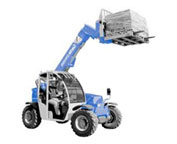
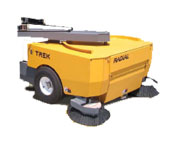
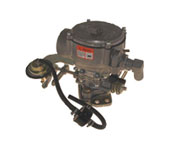
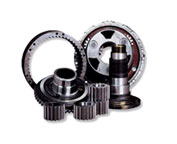
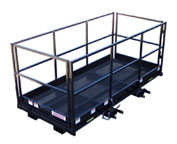
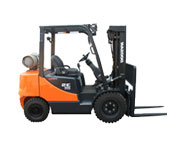
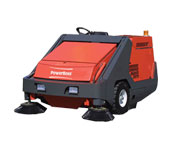
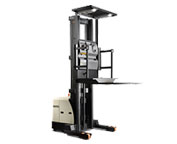
Lift Parts Express
TOLL FREE: 1-888-695-7994
LOCAL: 915-218-6153
9630 BRUCEVILLE RD 106-381
Elk Grove, California
forkliftpartselkgrove.com
Email Us
About Us


